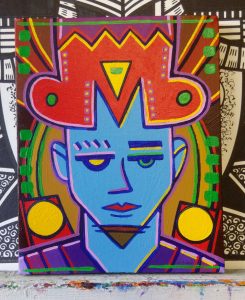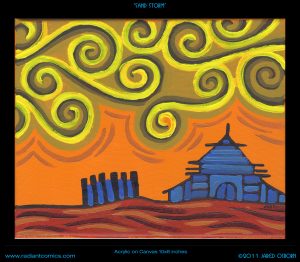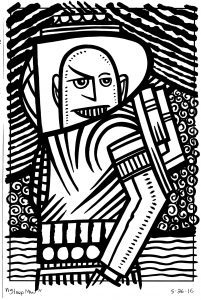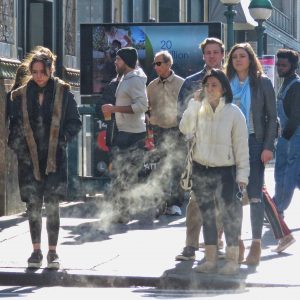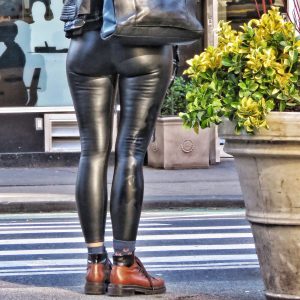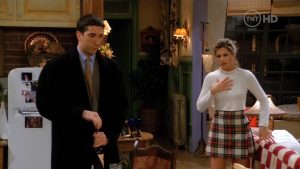I hadn’t been to my local library in a long time. I found my old library card and it had a date on the back: 1991. I don’t think I even used that library card so it was before that was the last time I was there. My local library is even in a different building these days. But after seeing people on YouTube mention that they borrowed graphic novels and collected editions of comics from their local libraries I decided to check some out of mine. Why not? There was plenty of comics I’d like to read, or at least look at closely, that I don’t want to buy.
I took a drive over to my local library and asked for a new library card. I even brought the old one to show them. That actually made things a little bit easier. I filled out a card with my name, phone number, e-mail, and address and gave it to them.
As an aside about how I can get distracted by grammar there was a place on the card for “Parent’s Name.” It was for kids to fill out so I didn’t have to but the apostrophe “S” distracted me. Was it right? It didn’t look right. Should it be the plural possessive “S” apostrophe? “Parents’ Name.” No, it can’t be that. That’s wrong too. That would be “Parents’ Names.” They only want one name. It wasn’t until the ride home that I realized that it should be “A parent’s name.” That’s how it’s usually said. Since it was a short form they left off the A. But that’s the only way the grammar makes sense.
After getting my new card I asked where the graphic novel section was and they brought me over to it. It was pretty darn small. Only about thirty book. I was told there were more in the children’s section downstairs but I still haven’t checked that section out yet. Instead I picked a book called “Boxer” by Gene Leun Yang. It was a good choice.
“Boxer” is the story of the Boxer Rebellion in China back around the year 1900. The Chinese peasants were rebelling against the foreigners (especially the English) who were running their country mostly through Chinese rulers who had to bow down to the foreigners. It takes place in the years leading up to the rebellion and tells the story of one of the leaders of the rebellion who starts as a small boy and slowly is shaped by the circumstances he lives in.
I liked the book a lot. I’m a fan of history so it was right up my alley. The art was clear and concise and the storytelling excellent. Most of the story doesn’t have to do with war but has to do with the lead character growing up. His life is punctuated by injustices mostly to do with the foreigners ruling the land. But he also has mentors, friendships, and romantic interests. Religion is also depicted as influencing our lead character and it’s depicted as literal. He talks to the long dead first Emperor of China to get advice and when he and his men go into battle they are drawn as if the gods are literally inhabiting their bodies. It let’s us know how real their religion is to them.
There is a companion book to this one called “Saints” that tells the story from the POV of the English. It was on the shelf too but somehow it didn’t occur to me to take that one out as well. I’m going to have to go back for it because this one was good. “Boxers” has about twice the page count as “Saints” though. I wonder why.
Despite my local library having a very small graphic novel section they do have a website. On that website I can order books from other libraries in the network and they send them to my local library. I jumped on the site when I got home to see what I can find. They have a search engine but sometimes it finds too much. That and I had no idea what I was looking for. In the end I decided I wanted to order the new collected edition of “Clyde Fans.”
I’ve been reading “Clyde Fans” by Seth since it first started to be serialized in Seth’s comic “Palookaville” back in 1997. It took over twenty years to finish the 475 page story and over the years I’ve read the entire thing but I’ve never read it all together. Eventually I’m going to buy this book but since I have all the parts of it in “Palookavile” I decided I was in no hurry to buy it and would instead take it out of the library. And so I did.
“Clyde Fans” is one of my favorite comics of all time. Five stars brilliant. I love the art and storytelling. Seth has a simple but lush style of drawing that I find very appealing. He uses few lines to define people and places but he always chooses the right lines. Often his characters are just talking to the reader as they go about everyday tasks and the clarity of them doing those tasks is amazing. His cityscape environments are equally as beautiful. He draws buildings and sidewalks in loving detail with simple lines. Great stuff.
The story of “Clyde Fans” is the story of two brothers looking back at their lives working at the family fan business and wondering what it all means. It starts in 1997 and flashes back to the 1950s, 1960s, and 1970s. A funny thing is that having read it over a twenty years in parts that came out years apart I didn’t remember that the 1997 stuff was mostly one brother and the flashback stuff was mostly the other brother. In my memory it was all about the one brother with the other being mentioned a lot. It was a different book than in my memory. It is a great book both currently and in my memory.
The second book I had them order for me is “The Daniel Clowes Reader.” I didn’t even know this one existed but it came out in 2012. It collects a bunch of Clowes’s work, including “Ghost World,” and a bunch of essays about his work. Its’ pretty cool. I’m only about halfway through it right now but I like it.
It’s funny but this book made me pull out my hardcover copy of “Ghost World” off my shelf. My copy is larger than this book so when I came to the point in the “Reader” where “Ghost World” was to be read I pulled up my copy because I like the big size better.
“Ghost World” is only about 80 pages but it’s also a five star brilliant comic. It’s the story of a couple of teenage girls who have recently graduated high school. They’re living their lives, trying to figure themselves out, trying to find their futures, and maybe drifting apart.
Clowes’s art is precise and pretty. He works hard to get the exact line and shape that he wants. He draws ugly especially well but he also gets pretty. His storytelling is straightforward and clear in a nine panel grid kind of way. I’ve always liked how his drawings can stare out at the audience as much as we stare at them. It’s a trait my art has in common with his.
After I finish reading “The Daniel Clowes Reader” I’m going to have to find more stuff in the search engine to read. Plus I have to check out the comics in the kid’s section. I bet they’ve got the superhero stuff down there.
